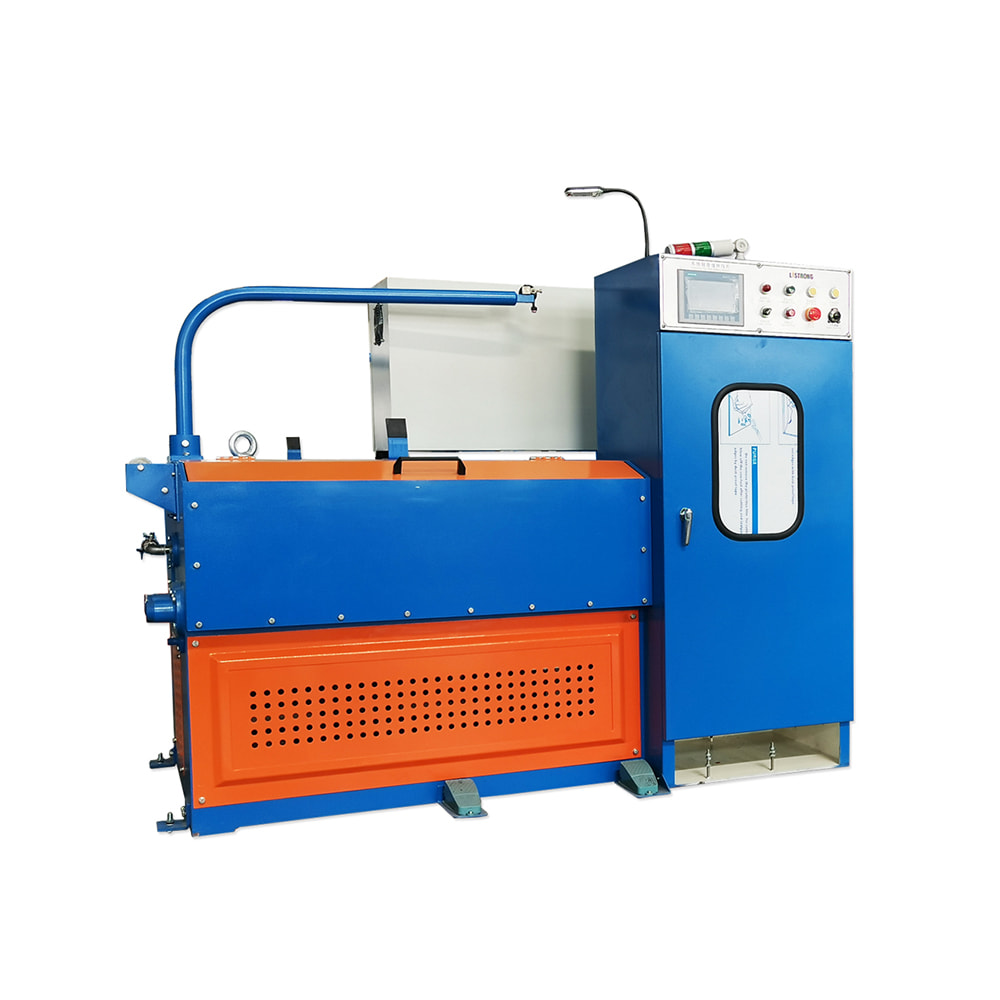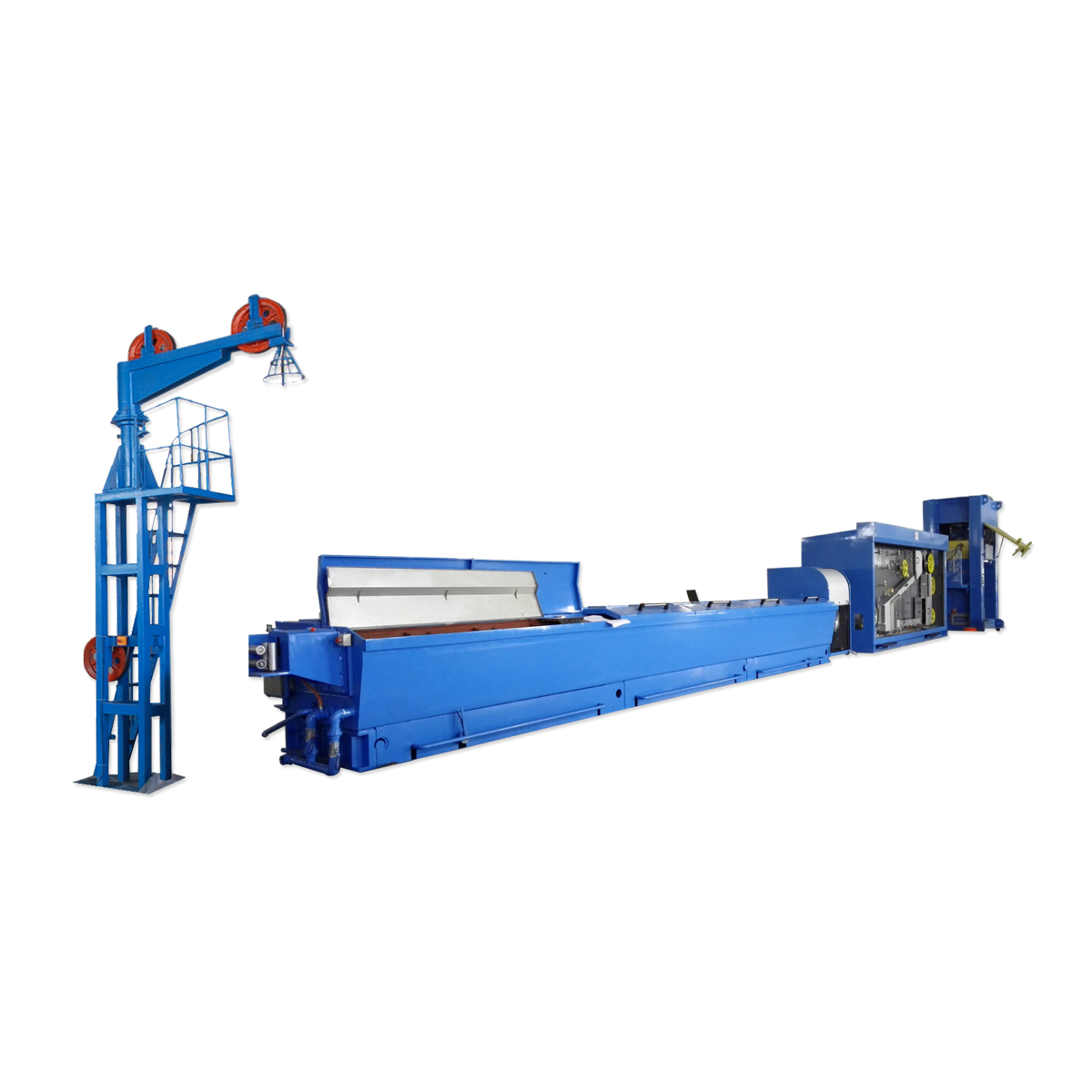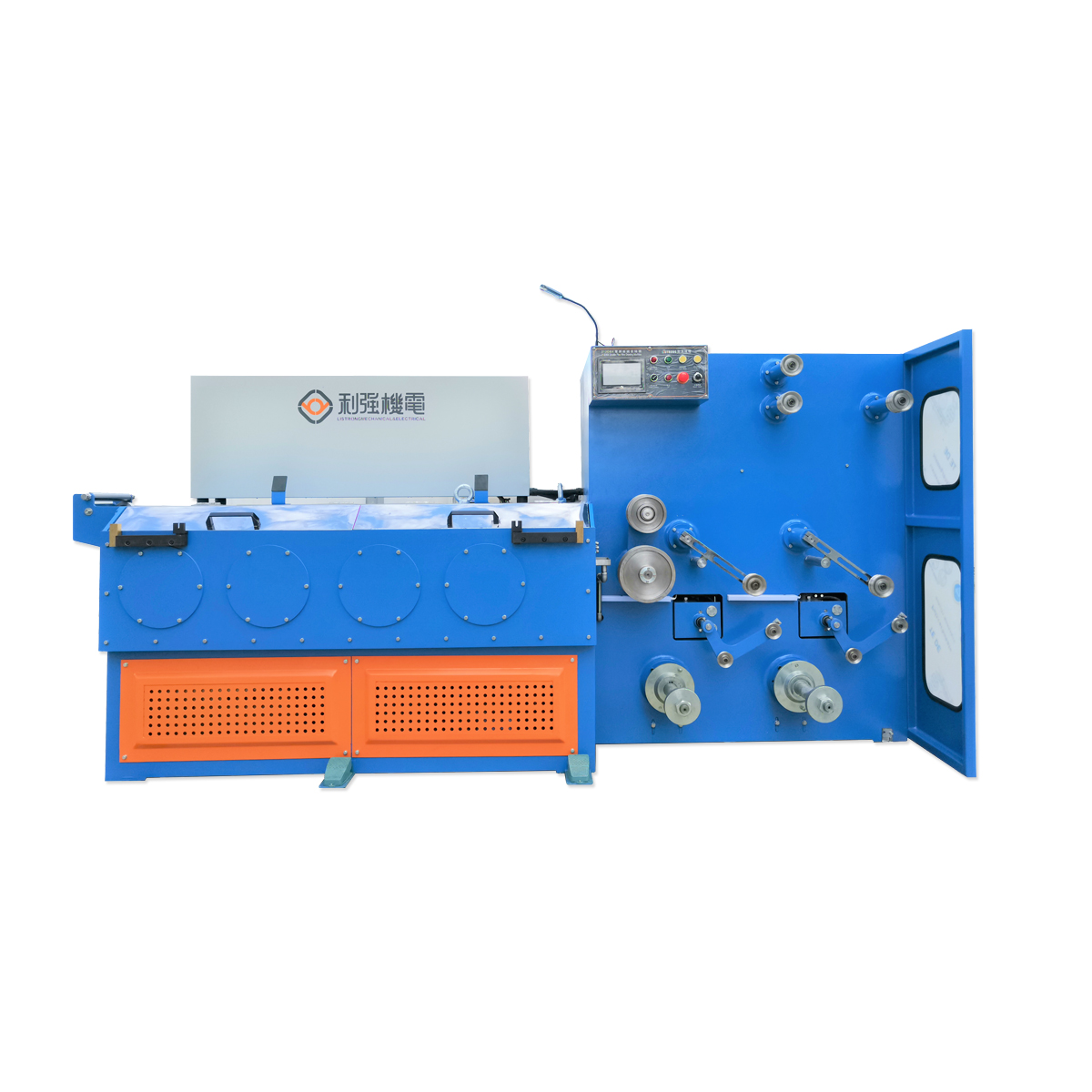The process of wire drawing is a critical one in many industries, including construction, electronics, and manufacturing, where the quality of the final product is paramount. One of the most significant factors influencing the quality of drawn steel wire is the speed at which the wire drawing process is conducted. Understanding how different wire drawing speeds affect the final product's quality is essential for optimizing production and ensuring high standards.
Wire drawing involves pulling a steel wire through a series of dies to reduce its diameter, increase its length, and improve its mechanical properties. The speed at which this process occurs can have profound effects on the wire's physical characteristics. High-speed wire drawing, for instance, is advantageous because it increases production efficiency and reduces manufacturing costs. However, if not properly managed, high speeds can lead to several quality issues. One major concern is the potential for increased friction and heat generation, which can cause surface defects such as scratches, die marks, or even the formation of microcracks. These defects can weaken the wire and compromise its tensile strength and ductility.

Conversely, slower wire drawing speeds can help mitigate these issues by reducing the amount of heat and friction generated during the process. This can lead to a smoother surface finish and better mechanical properties. However, drawing at lower speeds can decrease production efficiency and increase operational costs. Therefore, finding an optimal speed that balances quality and efficiency is crucial.
Steel wire drawing machines equipped with advanced technology can help address these challenges. For example, horizontal-type wire drawing machines are designed for high-speed drawing while maintaining the quality of the wire. These machines incorporate high-quality capstans and advanced cooling systems to manage the heat and friction generated during the process. The integration of imported PLC (Programmable Logic Controller) and HMI (Human-Machine Interface) systems further enhances control over the drawing process, allowing operators to monitor and adjust speeds in real-time to optimize quality and efficiency.
The versatility of these machines is another advantage. They can handle steel wires of various sizes and can be paired with single take-up machines, double take-up machines, or drop coilers, depending on the specific needs of the production line. This flexibility ensures that manufacturers can meet different production requirements without compromising on the quality of the final product.
Additionally, these modern wire drawing machines are built to be durable, with components designed to withstand the rigors of high-speed operation. The high-quality capstans, for example, ensure long service life and consistent performance, reducing the need for frequent maintenance and minimizing downtime. This durability not only enhances the machine's commercial value by extending its operational lifespan but also contributes to maintaining the quality of the drawn wire over extended periods of use.
Historically, the evolution of wire drawing technology has seen significant advancements, from manual methods to highly automated processes. The impact of these advancements on industrialization cannot be overstated, as they have enabled mass production of high-quality steel wires essential for various applications. Modern wire drawing machines embody the culmination of these technological progressions, combining efficiency, quality, and ease of use.
In summary, the speed of the wire drawing process is a critical factor that directly impacts the quality of the final steel wire product. High speeds can enhance production efficiency but may introduce quality issues if not properly managed, while slower speeds can improve surface finish and mechanical properties at the expense of efficiency. Advanced steel wire drawing machines, like the horizontal-type models equipped with high-quality capstans and sophisticated control systems, provide a solution that balances these considerations. They offer the capability to draw wires at optimal speeds, ensuring high-quality outcomes while maintaining production efficiency and durability.




 中文简体
中文简体 русский
русский Español
Español عربى
عربى














Contact Us